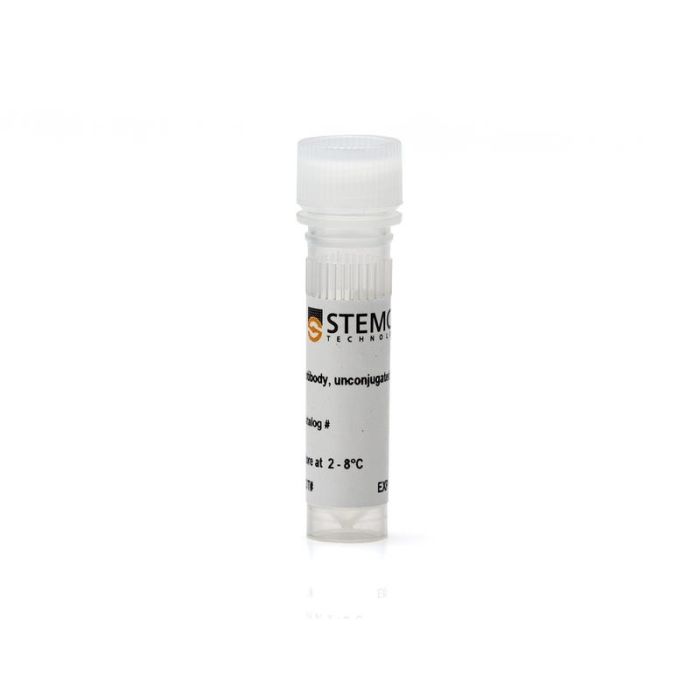产品号 #60010_C
大鼠单克隆IgG2b抗体,抗小鼠CD25,未偶联
3C7抗体识别小鼠CD25(白细胞介素-2受体α链;IL-2Rα),CD25是一种~55 kDa的1型跨膜糖蛋白,在T细胞和B细胞祖细胞、活化的成熟的B细胞和T细胞表面表达。CD25已被用作鉴定小鼠CD4+/FoxP3+调节性T细胞的标志物。CD25的突变导致严重的免疫缺陷,强调了该蛋白在淋巴细胞的分化、激活和增殖以及维持自身耐受性方面所起的重要作用。CD25本身对其IL-2配体具有低亲和力,但可与CD122 (IL-2Rβ)和CD132 (IL-2Rγ)形成二聚体,并共同结合形成IL-2R受体,IL-2R受体以高亲和力结合IL-2。CD25的作用是增加IL-2结合的特异性和亲和力,是受体聚合和通过复合物的信号转导所必需的。3C7抗体的结合可抑制IL-2与游离CD25和IL- 2R受体的结合。该结合表位不同于抗CD25抗体克隆7D4和PC61识别的表位。 该抗体克隆已被验证可用于评估EasySep™试剂盒(包括EasySep™小鼠T细胞富集试剂盒(产品号 #19751))分选的细胞纯度。
亚型
一抗
靶抗原
CD25
别名
IL-2Ralpha,Ly-43,p55,Tac
活性物种
小鼠
偶联
FITC,PE,未偶联的
宿主物种
大鼠
细胞类型
T 细胞,T 细胞,调节性细胞
种属
小鼠
应用
细胞分选,CyTOF,流式细胞术,功能学筛选,免疫组化
研究领域
免疫
克隆
3C7
基因编号
16184
同种型
IgG2b,kappa
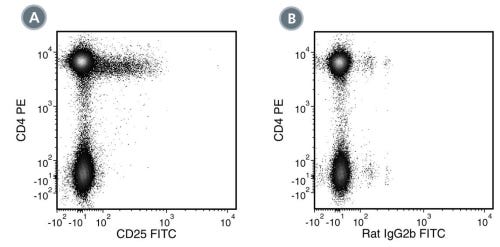
Figure 1. Data for Unconjugated
(A) Flow cytometry analysis of C57BL/6 mouse splenocytes (gated on CD3e+ cells) labeled with Anti-Mouse CD25 Antibody, Clone 3C7, followed by a mouse anti-rat IgG2b antibody, FITC and Anti-Mouse CD4, Clone RM4-5, PE (Catalog #60017PE). (B) Flow cytometry analysis of C57BL/6 mouse splenocytes (gated on CD3e+ cells) labeled with Rat IgG2b, kappa Isotype Control Antibody, Clone RTK4530 (Catalog #60077), followed by a mouse anti-rat IgG2b antibody, FITC and Anti-Mouse CD4, Clone RM4-5, PE.

Figure 2. Data for FITC-Conjugated
(A) Flow cytometry analysis of C57BL/6 mouse splenocytes labeled with Anti-Mouse CD25 Antibody, Clone 3C7, FITC and anti-mouse CD3 APC.
(B) Flow cytometry analysis of C57BL/6 mouse splenocytes labeled with a rat IgG2b, kappa FITC isotype control antibody and anti-mouse CD3 APC.
(C) Flow cytometry analysis of mouse T cells activated with antibodies against CD3 and CD28. C57BL/6 mouse splenocytes were processed with the EasySep™ Mouse T Cell Enrichment Kit and the enriched T cells were cultured in the absence (Unstimulated) or presence (Stimulated) of Anti-Mouse CD28 and plate-bound Anti-Mouse CD3e for 48 hours, then labeled with Anti-Mouse CD25 Antibody, Clone 3C7, FITC and analyzed for CD25 expression. Upregulation of CD25 following stimulation with CD3 and CD28 is apparent (Stimulated). Labeling of C57BL/6 mouse splenocytes with a rat IgG2b, kappa Alexa Fluor® 488 isotype control antibody is shown (open histogram).
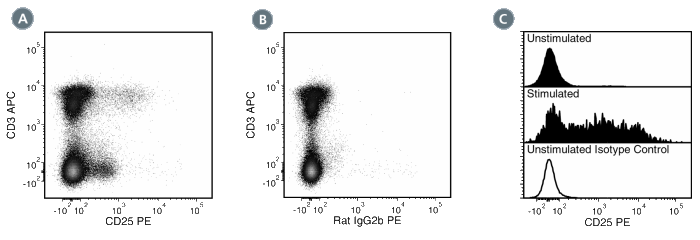
Figure 3. Data for PE-Conjugated
(A) Flow cytometry analysis of C57BL/6 mouse splenocytes labeled with Anti-Mouse CD25 Antibody, Clone 3C7, PE and anti-mouse CD3 APC.
(B) Flow cytometry analysis of C57BL/6 mouse splenocytes labeled with a rat IgG2b, kappa PE isotype control antibody and anti-mouse CD3 APC.
(C) Flow cytometry analysis of mouse T cells activated with antibodies against CD3 and CD28. C57BL/6 mouse splenocytes were processed with the EasySep™ Mouse T Cell Enrichment Kit (Catalog #19751) and the enriched T cells were cultured in the absence (Unstimulated) or presence (Stimulated) of Anti-Mouse CD28 and plate-bound Anti-Mouse CD3e for 48 hours, then labeled with Anti-Mouse CD25 Antibody, Clone 3C7, PE and analyzed for CD25 expression. Upregulation of CD25 following stimulation with CD3 and CD28 is apparent (Stimulated). Labeling of C57BL/6 mouse splenocytes with a rat IgG2b, kappa Alexa Fluor® 488 isotype control antibody is shown (open histogram).
Find supporting information and directions for use in the Product Information Sheet or explore additional protocols below.
This product is designed for use in the following research area(s) as part of the highlighted workflow stage(s). Explore these workflows to learn more about the other products we offer to support each research area.
Thank you for your interest in IntestiCult™ Organoid Growth Medium (Human). Please provide us with your contact information and your local representative will contact you with a customized quote. Where appropriate, they can also assist you with a(n):
Estimated delivery time for your area
Product sample or exclusive offer
In-lab demonstration
| Species | Mouse |
|---|---|
| Clone | 3C7 |
| Gene Id | 16184 |
| Alternative Names | IL-2Ralpha, Ly-43, p55, Tac |
| Isotype | IgG2b, kappa |
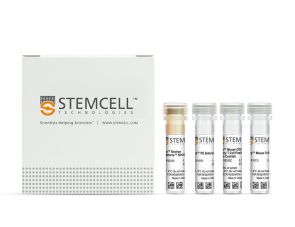
免疫磁珠正选细胞分选试剂盒
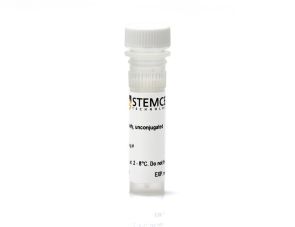
大鼠单克隆IgG1抗体,抗小鼠CD25
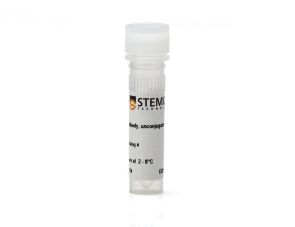
大鼠单克隆IgG2b, kappa同型对照抗体
扫描二维码或搜索微信号STEMCELLTech,即可关注我们的微信平台,第一时间接收丰富的技术资源和最新的活动信息。
如您有任何问题,欢迎发消息给STEMCELLTech微信公众平台,或与我们通过电话/邮件联系:400 885 9050 INFO.CN@STEMCELL.COM。

